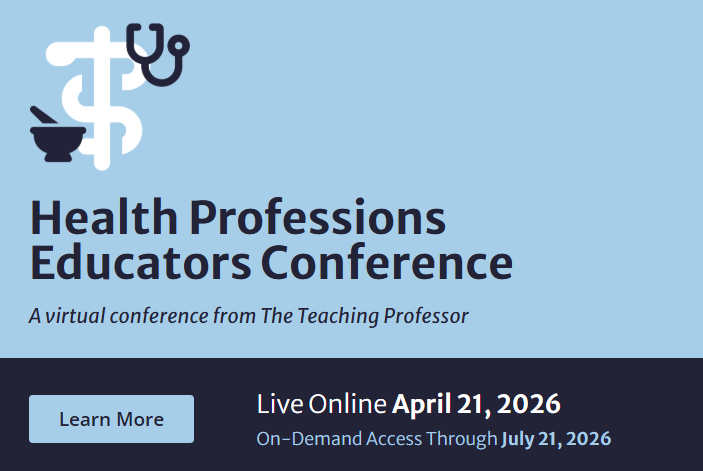In the online instructional environment, the discussion questions, posts, and responses are the lifeblood of the course. Although writing formal papers and completing quizzes are typical components of online courses, the gateway to new learning occurs within the discussion forums. The discussion board expands and contracts, or breathes with the relevancy of the question to the course, current events, and experiences of the faculty and students. The development of engaging discussion questions and statements can be as easy as watching the news, reading current articles, or reviewing internet news sites, and then relating the content to the course. Faculty should use their imagination to connect current events to course-related material. Questions should be not answered from lists from the textbook or the regurgitation of content from the current unit’s assessment.



